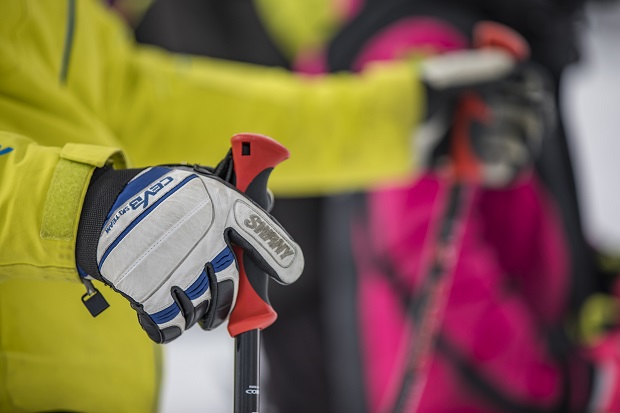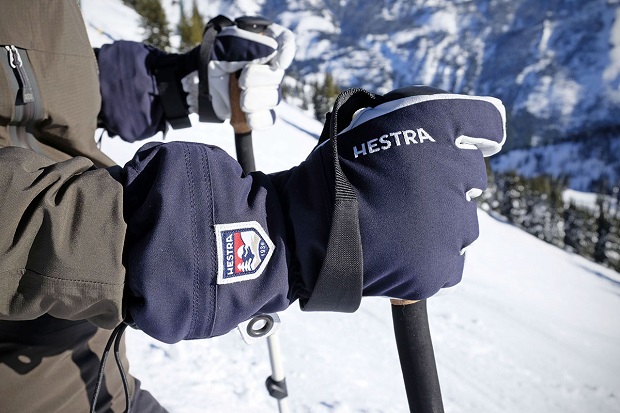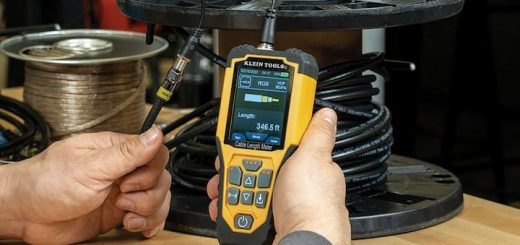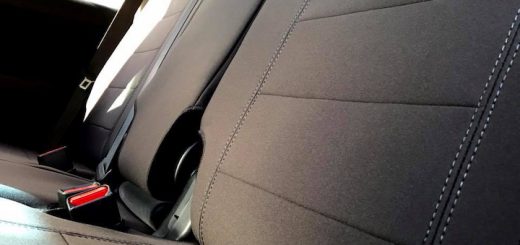How to Choose and Wash Ski Gloves?

How to Choose Ski Gloves?

- Insulation and Breathability – There are two types of insulation – down and synthetic. Down insulation is light, long-lasting, breathable and easy to compress. However, it’s also more expensive, but it provides great value over time. Due to the fact that it loses its ability to provide appropriate insulation when wet, it isn’t as popular as synthetic insulation. In order to make up for that fact, it’s typically protected with a waterproof shell to ensure it stays dry. Synthetic insulation, on the other hand, is more affordable, provides great insulation even when wet, and it dries rather quickly. It’s a great choice for snowboarding and skiing in damp climates. On the downside, it offers less warmth and it’s bulkier than down insulation.
- Waterproofness – Most gloves feature a waterproof, breathable barrier that prevents moisture from rain and snow from getting in while at the same time allowing the water vapour from sweat to escape. The barrier can be an insert that’s placed between the insulation and outer shell of the gloves, a membrane that’s laminated to the fabric, or a coating that’s applied to the fabric. A popular technology used for improving the waterproofness of snow gloves is Gore-Tex. However, many brands have their own proprietary technology, such as The North Face HyVent or Marmot MemBrain. Worth noting is that gloves that are waterproof are also windproof.
How to Wash Ski Gloves?

Knowing how to wash your gloves after you’ve used them can freshen them up and make sure they’re ready for your next trip down the slopes. Additionally, you’ll want to re-waterproof them if they’re water-resistant to make sure they keep their protective properties. If you have waterproof ski gloves, you’ll need to remove the liners if possible. However, keep in mind that the liners on some gloves are not meant to be removed, and you shouldn’t turn them inside out either. Never use laundry detergent when cleaning waterproof gloves as it can strip the fabric of its protective capabilities. If the gloves feature leather palms, fingers and thumbs, you shouldn’t wash them in a washing machine or submerge them into water.
Instead, you should pour a special cleaner in the washing machine, place the gloves in a mesh bag so they don’t rip inside the machine, and wash them on a warm and gentle cycle. Most gloves come with instructions on how to be washed, which includes the recommended temperature and required time. Once washed, try squeezing the water from the fingers down towards the wrists without wringing them, as that can damage the lining. And while there’s no definitive drying method, you should just put them on a clothesline or towel somewhere warm and just let them dry.
Leather gloves, however, require special care. You shouldn’t wash gloves that feature leather fingers, thumbs and palms in a washing machine. Instead, use a damp cloth to wipe away dirt, and get a specific leather cleaner. Spray the cleaner onto the outside of the gloves, and wipe it away with a clean cloth. Don’t rinse them off with water, and be careful not to spray the leather cleaner to the parts of the gloves that aren’t made of leather. Let them dry naturally, without tumbling them or hanging them over a heat source. After they’ve dried, apply a leather wax or conditioner with a polishing cloth to preserve their waterproofness and prevent them from cracking. You can put a hand inside the glove to make sure you don’t miss any areas. Again, don’t apply the leather wax and conditioners to areas of the gloves that aren’t leather.












